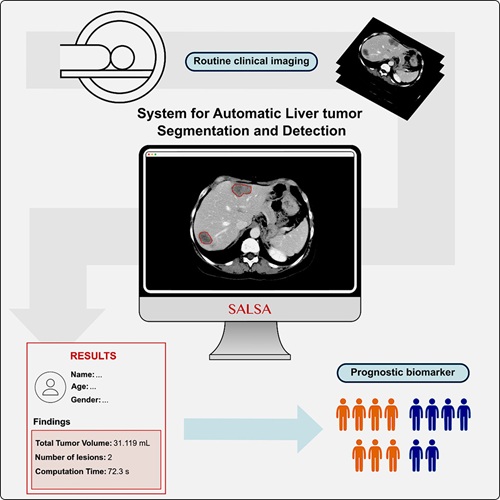New Cardiac MRI Strategy Guides Ablation Procedures for Complex Tachycardias
|
By MedImaging International staff writers Posted on 09 Oct 2024 |
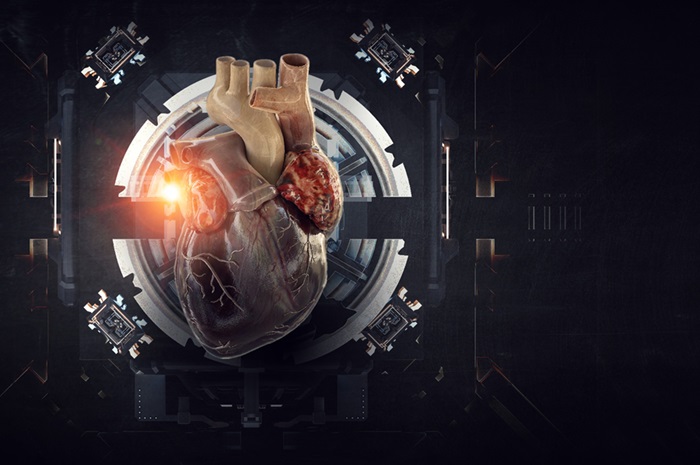
Ablation procedures use energy—typically heat or cold—to target and eliminate small areas of heart tissue that trigger abnormal cardiac arrhythmias, restoring normal heart rhythm. This approach is often applied to treat ventricular tachycardias that result from scarred regions following a myocardial infarction. A new strategy has now been proposed to guide ablation procedures for patients with complex tachycardias. It involves preoperative planning based on a cardiac magnetic resonance (CMR) imaging technique that avoids the biases associated with conventional image analysis.
A multicenter study, led by the National Centre for Cardiovascular Research (Madrid, Spain), has described and validated this novel approach that utilizes advanced CMR image processing methods to identify the regions that sustain ventricular tachycardia in areas affected by postinfarction scarring. The method systematically processes the images, bypassing the biases that can occur when CMR imaging parameters are selected manually. This approach enhances sensitivity in detecting the regions responsible for these arrhythmias. Moreover, it supports preoperative planning by enabling operators to accurately locate these areas before the ablation procedure begins. Published in the journal Europace, the study employed a swine model of myocardial infarction to explore how variability in image processing parameters can obstruct accurate detection of cardiac tissue circuits that drive complex ventricular tachycardias.
Using this animal model, the researchers devised a strategy to overcome this issue. The method was later validated in patients through a multicenter study conducted from 2013 to 2022, involving leading national and international experts. The new image-processing technique simplifies the visualization of cardiac tissue at varying depths, allowing for an objective evaluation of the cardiac wall. It eliminates operator bias in the selection of imaging parameters, enabling accurate detection of the myocardial regions responsible for postinfarction ventricular tachycardia. The streamlined planning of ablation procedures with this method is especially beneficial for patients in whom conventional invasive catheter mapping is contraindicated, as it carries the risk of inducing more severe tachycardias and circulatory collapse. Instead of these risky procedures, the new approach uses pre-ablation cardiac imaging to identify target areas, reducing risk while maintaining the procedure's efficacy.
“The study helps to fill gaps in the integration of imaging data during the planning of ablation procedures for ventricular tachycardia,” said study coordinator David Filgueiras. “By allowing personalized and unbiassed pre-procedure planning, the new method can reduce procedure times and complications, which is especially useful in patients with severe and poorly tolerated episodes. The strategy achieves a high success rate without the need for invasive catheter mapping procedures, which in any case are frequently contraindicated by the patient’s clinical condition.”
“The conventional strategies used to characterize regions causing postinfarction ventricular tachycardia require invasive catheter mapping, a risky process that increases the time needed for the ablation procedure,” added study coauthor, Julián Pérez Villacastín. “The new approach identifies the culprit areas during preoperative planning and offers a standardized and unbiased method, allowing medical professionals in different centers to carry out ablations in a more controlled manner in highly complex patients.”
Related Links:
National Centre for Cardiovascular Research
Latest MRI News
- AI Model Outperforms Doctors at Identifying Patients Most At-Risk of Cardiac Arrest
- New MRI Technique Reveals Hidden Heart Issues
- Shorter MRI Exam Effectively Detects Cancer in Dense Breasts
- MRI to Replace Painful Spinal Tap for Faster MS Diagnosis
- MRI Scans Can Identify Cardiovascular Disease Ten Years in Advance
- Simple Brain Scan Diagnoses Parkinson's Disease Years Before It Becomes Untreatable
- Cutting-Edge MRI Technology to Revolutionize Diagnosis of Common Heart Problem
- New MRI Technique Reveals True Heart Age to Prevent Attacks and Strokes
- AI Tool Predicts Relapse of Pediatric Brain Cancer from Brain MRI Scans
- AI Tool Tracks Effectiveness of Multiple Sclerosis Treatments Using Brain MRI Scans
- Ultra-Powerful MRI Scans Enable Life-Changing Surgery in Treatment-Resistant Epileptic Patients
- AI-Powered MRI Technology Improves Parkinson’s Diagnoses
- Biparametric MRI Combined with AI Enhances Detection of Clinically Significant Prostate Cancer
- First-Of-Its-Kind AI-Driven Brain Imaging Platform to Better Guide Stroke Treatment Options
- New Model Improves Comparison of MRIs Taken at Different Institutions
- Groundbreaking New Scanner Sees 'Previously Undetectable' Cancer Spread
Channels
Radiography
view channel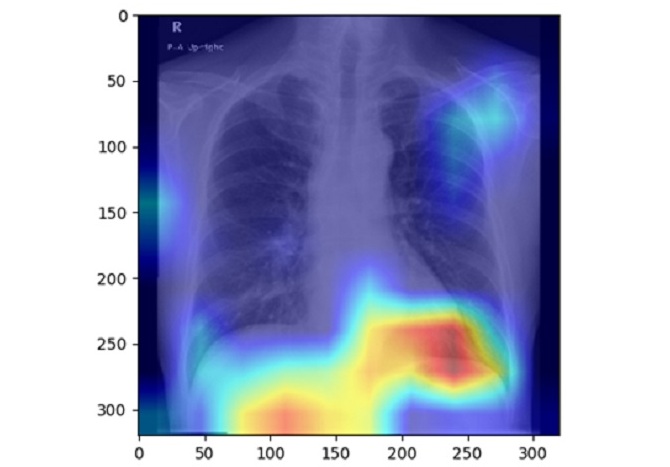
AI Detects Fatty Liver Disease from Chest X-Rays
Fatty liver disease, which results from excess fat accumulation in the liver, is believed to impact approximately one in four individuals globally. If not addressed in time, it can progress to severe conditions... Read more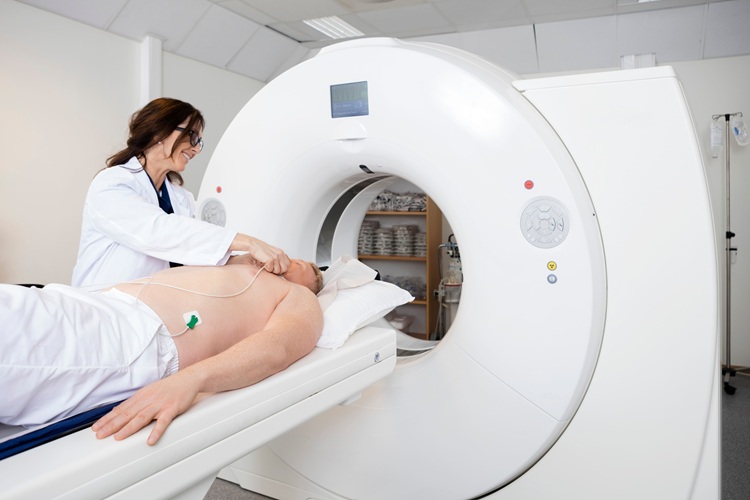
AI Detects Hidden Heart Disease in Existing CT Chest Scans
Coronary artery calcium (CAC) is a major indicator of cardiovascular risk, but its assessment typically requires a specialized “gated” CT scan that synchronizes with the heartbeat. In contrast, most chest... Read moreUltrasound
view channel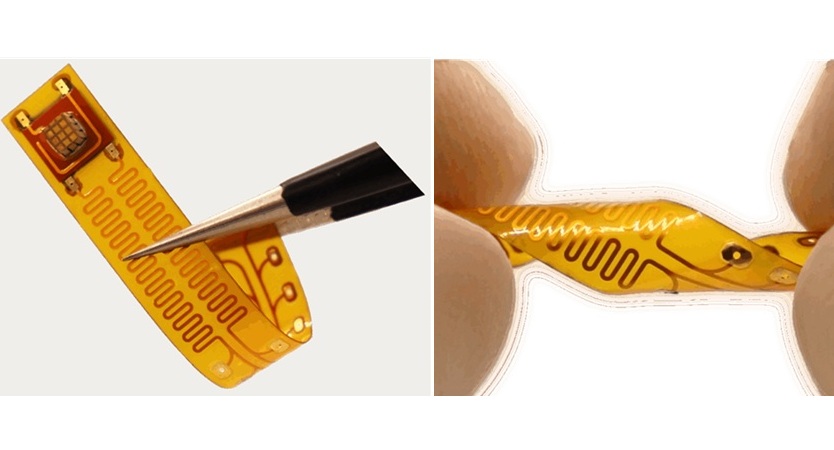
Wireless Chronic Pain Management Device to Reduce Need for Painkillers and Surgery
Chronic pain affects millions of people globally, often leading to long-term disability and dependence on opioid medications, which carry significant risks of side effects and addiction.... Read more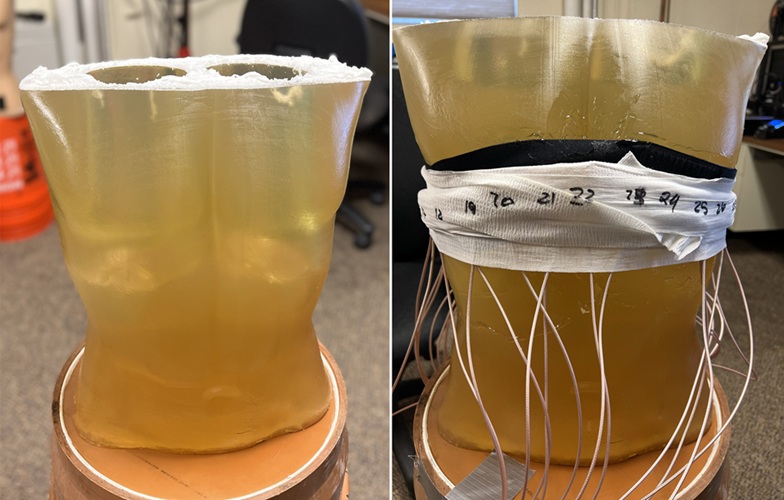
New Medical Ultrasound Imaging Technique Enables ICU Bedside Monitoring
Ultrasound computed tomography (USCT) presents a safer alternative to imaging techniques like X-ray computed tomography (commonly known as CT or “CAT” scans) because it does not produce ionizing radiation.... Read moreNuclear Medicine
view channel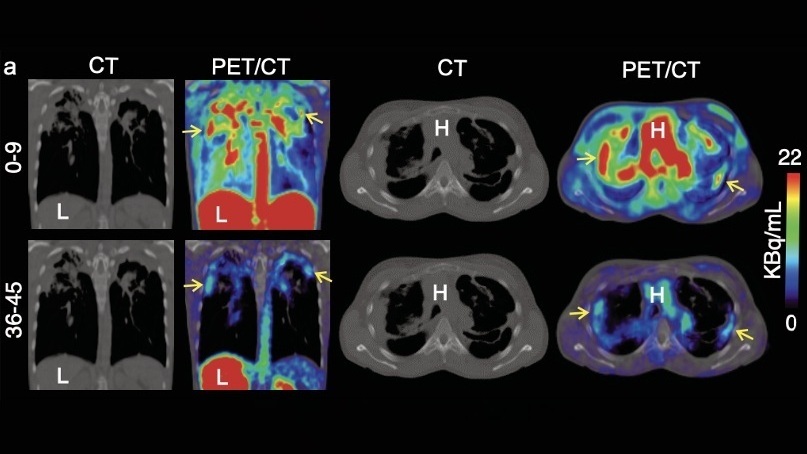
Novel Bacteria-Specific PET Imaging Approach Detects Hard-To-Diagnose Lung Infections
Mycobacteroides abscessus is a rapidly growing mycobacteria that primarily affects immunocompromised patients and those with underlying lung diseases, such as cystic fibrosis or chronic obstructive pulmonary... Read more
New Imaging Approach Could Reduce Need for Biopsies to Monitor Prostate Cancer
Prostate cancer is the second leading cause of cancer-related death among men in the United States. However, the majority of older men diagnosed with prostate cancer have slow-growing, low-risk forms of... Read moreGeneral/Advanced Imaging
view channel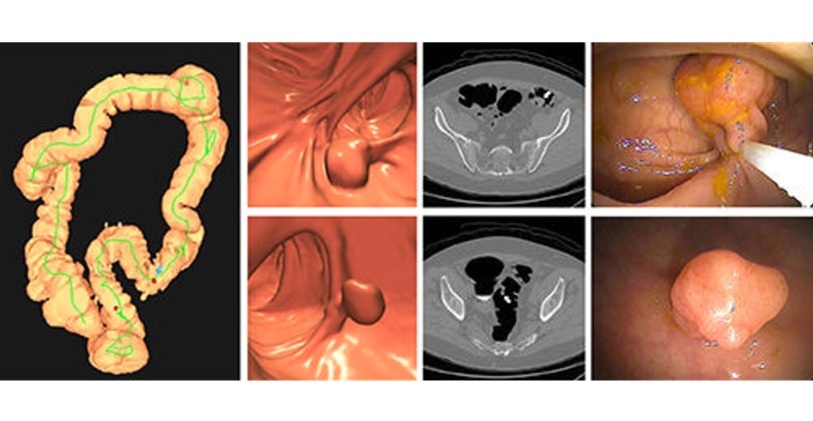
CT Colonography Beats Stool DNA Testing for Colon Cancer Screening
As colorectal cancer remains the second leading cause of cancer-related deaths worldwide, early detection through screening is vital to reduce advanced-stage treatments and associated costs.... Read more
First-Of-Its-Kind Wearable Device Offers Revolutionary Alternative to CT Scans
Currently, patients with conditions such as heart failure, pneumonia, or respiratory distress often require multiple imaging procedures that are intermittent, disruptive, and involve high levels of radiation.... Read more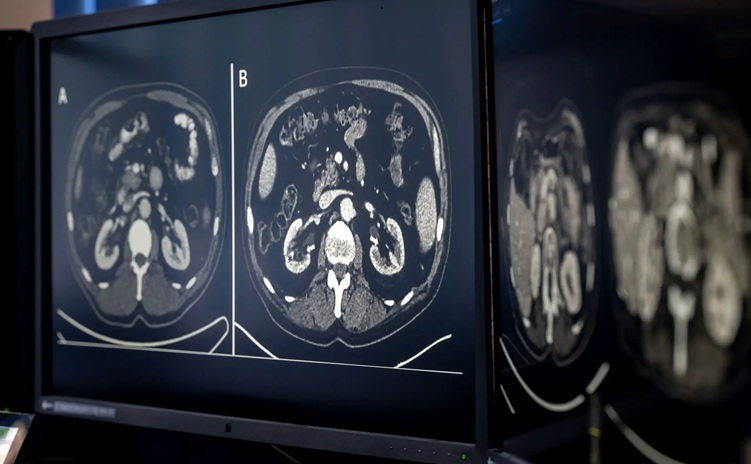
AI-Based CT Scan Analysis Predicts Early-Stage Kidney Damage Due to Cancer Treatments
Radioligand therapy, a form of targeted nuclear medicine, has recently gained attention for its potential in treating specific types of tumors. However, one of the potential side effects of this therapy... Read moreImaging IT
view channel
New Google Cloud Medical Imaging Suite Makes Imaging Healthcare Data More Accessible
Medical imaging is a critical tool used to diagnose patients, and there are billions of medical images scanned globally each year. Imaging data accounts for about 90% of all healthcare data1 and, until... Read more
Global AI in Medical Diagnostics Market to Be Driven by Demand for Image Recognition in Radiology
The global artificial intelligence (AI) in medical diagnostics market is expanding with early disease detection being one of its key applications and image recognition becoming a compelling consumer proposition... Read moreIndustry News
view channel
GE HealthCare and NVIDIA Collaboration to Reimagine Diagnostic Imaging
GE HealthCare (Chicago, IL, USA) has entered into a collaboration with NVIDIA (Santa Clara, CA, USA), expanding the existing relationship between the two companies to focus on pioneering innovation in... Read more
Patient-Specific 3D-Printed Phantoms Transform CT Imaging
New research has highlighted how anatomically precise, patient-specific 3D-printed phantoms are proving to be scalable, cost-effective, and efficient tools in the development of new CT scan algorithms... Read more
Siemens and Sectra Collaborate on Enhancing Radiology Workflows
Siemens Healthineers (Forchheim, Germany) and Sectra (Linköping, Sweden) have entered into a collaboration aimed at enhancing radiologists' diagnostic capabilities and, in turn, improving patient care... Read more













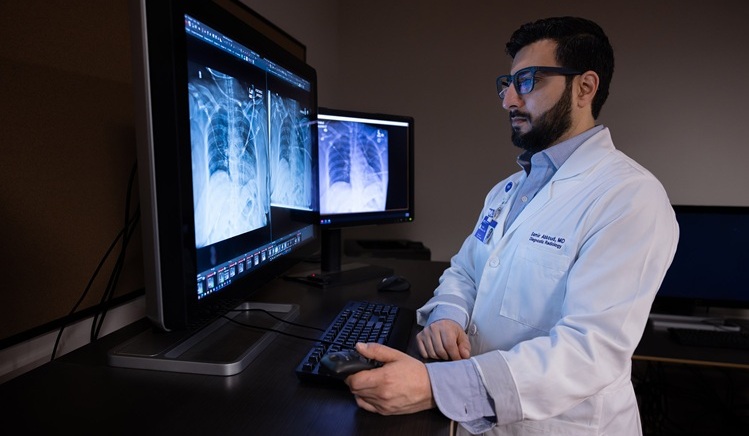

.jpeg)


